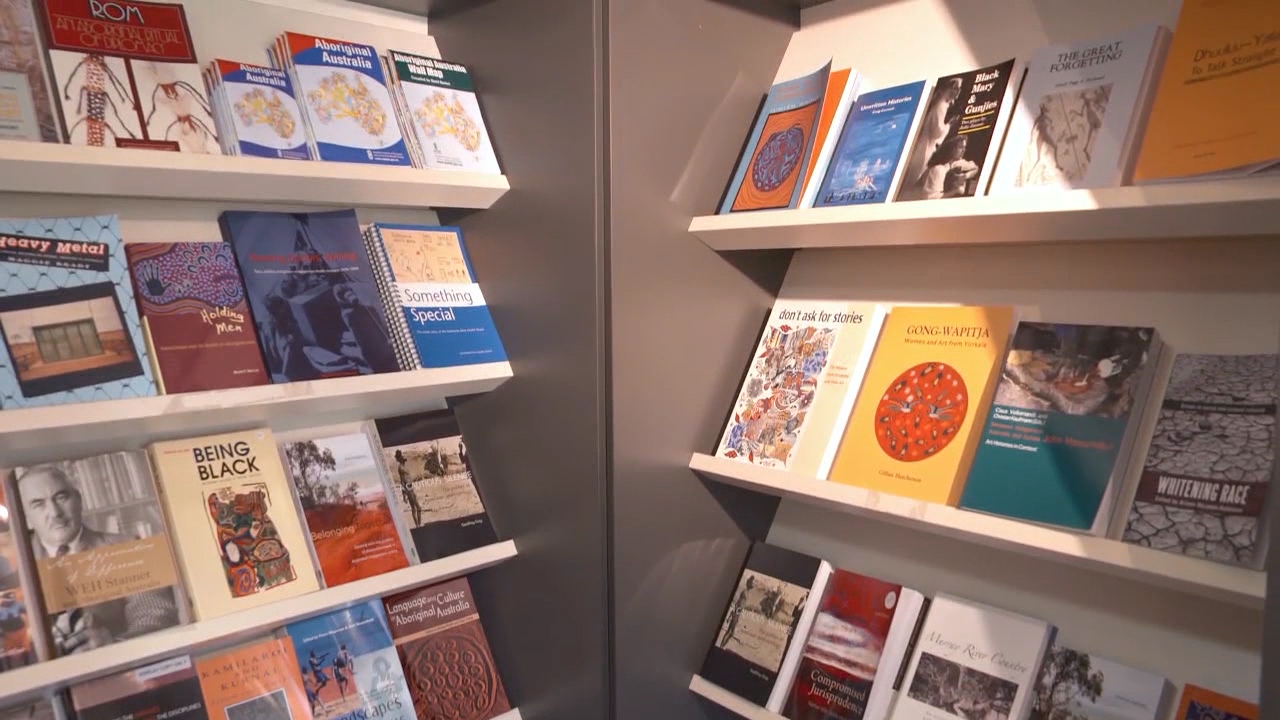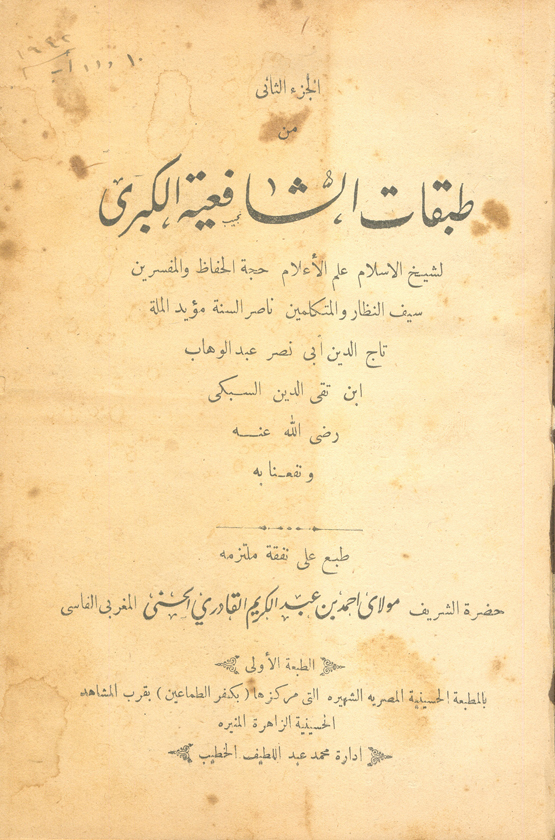|
Abu Al-Thana' Al-Lamishi
Abu al-Thana' Mahmud b. Zayd al-Lamishi () was a Hanafi-Maturidi scholar from Transoxiana, who was alive in the late 5th and early 6th Islamic centuries. Biography Very little is known about his life. Despite the value of his books, is not known for his publications and the books of tabaqat do not give much detail regarding his life. He was from a place called Lamish in Fergana (Uzbekistan), and was known as Shaykh al-Islam. Birth His date of birth is unknown, but it was reported that he was alive in 539 AH. Teachers It is sometimes assumed that he was a student of Imam Abu al-Mu'in al-Nasafi, though this is not known for sure. He has quoted some sayings from Tabsirat al-Adilla by Abu al-Mu'in al-Nasafi (d. 508/1115). Books His published books include: * ''Kitab al-Tamhid li-Qawa'id al-Tawhid'' (), is considered one of the most important books of the Maturidi theology. * ''Kitab fi Usul al-Fiqh'' (), is unique amongst works of the usul al-fiqh genre of literature. Unl ... [...More Info...] [...Related Items...] OR: [Wikipedia] [Google] [Baidu] |
Transoxiana
Transoxiana or Transoxania (, now called the Amu Darya) is the Latin name for the region and civilization located in lower Central Asia roughly corresponding to eastern Uzbekistan, western Tajikistan, parts of southern Kazakhstan, parts of Turkmenistan and southern Kyrgyzstan. The name was first coined by Alexander the Great in the 4th century BC when Alexander's troops conquered the region. The region may have had a similar Greek name in the days of Alexander the Great, but the earlier name is no longer known. Geographically, it is the region between the rivers Amu Darya to its south and the Syr Darya to its north. The region of Transoxiana was one of the satrapies (provinces) of the Achaemenid Empire of Persia under the name Sogdia. It was defined within the classical world of Persia to distinguish it from Iran proper, especially its northeastern province of Khorasan, a term originating with the Sasanians, although early Arab historians and geographers tended to subs ... [...More Info...] [...Related Items...] OR: [Wikipedia] [Google] [Baidu] |
Usul Al-Fiqh
Principles of Islamic jurisprudence () are traditional methodological principles used in Islamic jurisprudence (''fiqh'') for deriving the rulings of Islamic law (''sharia''). Traditional theory of Islamic jurisprudence elaborates how the scriptures (Quran and hadith) should be interpreted from the standpoint of linguistics and rhetoric. It also comprises methods for establishing authenticity of hadith and for determining when the legal force of a scriptural passage is abrogated by a passage revealed at a later date. In addition to the Quran and hadith, the classical theory of Sunni jurisprudence recognizes secondary sources of law: juristic consensus ('' ijmaʿ'') and analogical reasoning ('' qiyas''). It therefore studies the application and limits of analogy, as well as the value and limits of consensus, along with other methodological principles, some of which are accepted by only certain legal schools ('' madhahib''). This interpretive apparatus is brought together under ... [...More Info...] [...Related Items...] OR: [Wikipedia] [Google] [Baidu] |
List Of Hanafis
The following is the list of notable religious personalities who followed the Hanafi Islamic maddhab followed by a subsection featuring contemporary Hanafi scholars, in chronological order. List of Hanafis *Abu Hanifa (d. 767) * Ibn al-Mubarak (d. 797) *Abu Yusuf (d. 798) *Muhammad al-Shaybani (d. 805) * Abd al-Razzaq al-San'ani (d. 827) *Yahya ibn Ma'in (d. 847) * Al-Hassaf (d. 874) *Al-Tahawi (d. 933) *Abu Mansur al-Maturidi (d. 944) * Abu al-Layth al-Samarqandi (d. 983) *Al-Sarakhsi (d. 1090) * Abu al-Yusr al-Bazdawi (d. 1100) * Yusuf Hamadani (d. 1141) * Abu Hafs Umar al-Nasafi (d. 1142) *Al-Kasani (d. 1191) * Burhan al-Din al-Marghinani (d. 1197) * Abu Tawwama (d. 1300) * Fakhr al-Din al-Zayla'i (d. 1300) * Uthman Siraj ad-Din (d. 1357) * Ala al-Haq (1301-1384) * Ibn Abi al-Izz (1331-1390) * Nur Qutb Alam (d. 1416) * Badr al-Din al-Ayni (d. 1451) * Ibn Kemal (d. 1536) * Ibrahim al-Halabi (d. 1549) * Ali al-Qari (d. 1605) * Ahmad Sirhindi (d. 1624) * 'Abd al-Haqq al-Dehlawi ... [...More Info...] [...Related Items...] OR: [Wikipedia] [Google] [Baidu] |
Ramadan
Ramadan is the ninth month of the Islamic calendar. It is observed by Muslims worldwide as a month of fasting (''Fasting in Islam, sawm''), communal prayer (salah), reflection, and community. It is also the month in which the Quran is believed to have been revealed to the Prophets of Islam, Islamic prophet Muhammad. The annual observance of Ramadan is regarded as one of the five pillars of Islam and lasts twenty-nine to thirty days, from one sighting of the Hilal (crescent moon), crescent moon to the next. Fasting from dawn to sunset is obligatory (''fard'') for all adult Muslims who are not acute illness, acutely or chronic illness, chronically ill, travelling, old age, elderly, breastfeeding, Pregnancy, pregnant, or Menstruation in Islam, menstruating. The predawn meal is referred to as ''suhur'', and the nightly feast that breaks the fast is called ''iftar''. Although rulings (''fatawa'') have been issued declaring that Muslims who live in regions with a midnight sun or pola ... [...More Info...] [...Related Items...] OR: [Wikipedia] [Google] [Baidu] |
Usul Al-fiqh
Principles of Islamic jurisprudence () are traditional methodological principles used in Islamic jurisprudence (''fiqh'') for deriving the rulings of Islamic law (''sharia''). Traditional theory of Islamic jurisprudence elaborates how the scriptures (Quran and hadith) should be interpreted from the standpoint of linguistics and rhetoric. It also comprises methods for establishing authenticity of hadith and for determining when the legal force of a scriptural passage is abrogated by a passage revealed at a later date. In addition to the Quran and hadith, the classical theory of Sunni jurisprudence recognizes secondary sources of law: juristic consensus ('' ijmaʿ'') and analogical reasoning ('' qiyas''). It therefore studies the application and limits of analogy, as well as the value and limits of consensus, along with other methodological principles, some of which are accepted by only certain legal schools ('' madhahib''). This interpretive apparatus is brought together under ... [...More Info...] [...Related Items...] OR: [Wikipedia] [Google] [Baidu] |
Monotheism
Monotheism is the belief that one God is the only, or at least the dominant deity.F. L. Cross, Cross, F.L.; Livingstone, E.A., eds. (1974). "Monotheism". The Oxford Dictionary of the Christian Church (2 ed.). Oxford: Oxford University Press. A distinction may be made between exclusive monotheism, in which the one God is a singular existence, and both inclusive and pluriform monotheism, in which multiple gods or godly forms are recognized, but each are postulated as extensions of the same God. Monotheism is distinguished from henotheism, a religious system in which the believer worships one god without denying that others may worship different gods with equal validity, and monolatry, monolatrism, the recognition of the existence of many gods but with the consistent worship of only one deity. The term ''monolatry'' was perhaps first used by Julius Wellhausen. Monotheism characterizes the traditions of Abrahamic religions, Abrahamic religions such as Judaism, Samaritanism, Christi ... [...More Info...] [...Related Items...] OR: [Wikipedia] [Google] [Baidu] |
Published
Publishing is the activities of making information, literature, music, software, and other content, physical or digital, available to the public for sale or free of charge. Traditionally, the term publishing refers to the creation and distribution of printed works, such as books, comic books, newspapers, and magazines to the public. With the advent of digital information systems, the scope has expanded to include digital publishing such as e-books, digital magazines, websites, social media, music, and video game publishing. The commercial publishing industry ranges from large multinational conglomerates such as News Corp, Pearson, Penguin Random House, and Thomson Reuters to major retail brands and thousands of small independent publishers. It has various divisions such as trade/retail publishing of fiction and non-fiction, educational publishing, and academic and scientific publishing. Publishing is also undertaken by governments, civil society, and private compan ... [...More Info...] [...Related Items...] OR: [Wikipedia] [Google] [Baidu] |
Tabsirat Al-Adilla
''Tabsirat al-Adilla fi Usul al-Din: 'ala Tariqat al-Imam Abi Mansur al-Maturidi'' (), better known as ''Tabsirat al-Adilla'' (), is considered as the second most important kalam book of the Maturidite school, after Kitab al-Tawhid of al-Maturidi himself, composed by Abu al-Mu'in al-Nasafi. al-Nasafi's presentation of the issues in this work is more systematic and his style is more accessible than that of al-Maturidi. The book is even more appreciated by the experts than “Kitab at-Tawhid” that it gives more perfect and detailed information about the main principles of the science of kalam. It is probably because of this style that Nur al-Din al-Sabuni (d. 580 A.H. / 1184 A.D.), a later representative of Maturidite school, states that al-Nasafi's work was his main source. And perhaps because of this fact that Abu al-Mu'in al-Nasafi was appreciated among the specialists in this field with the honourable title “Sahib at-Tabsira” (The author of Tabsira) and became famous am ... [...More Info...] [...Related Items...] OR: [Wikipedia] [Google] [Baidu] |
Fergana
Fergana ( uz-Latn-Cyrl, Fargʻona, Фарғона, ), () or Ferghana, also Farghana is a district-level city and the capital of Fergana Region in eastern Uzbekistan. Fergana is about 320 km east of Tashkent, about 75 km southwest of Andijan, and less than 20 km from the Kyrgyzstan border. The modern city was founded in 1876. History Fergana first appears in written records in the 5th-century. However, archeological evidence demonstrates that the city had been populated since the Chalcolithic period. Like many other Central Asian places in the sixth and seventh-centuries, Fergana was ruled by the Western Turkic Khaganate. Although it was still predominantly inhabited by eastern Iranians, many Turks had also started to settle there. The city of Fergana was refounded in 1876 as a garrison town and colonial appendage to Margilan ( to the northwest) by the Russian Empire. Fergana Region is one of the centers of ancient culture in Uzbekistan. Photographs of Stone Ag ... [...More Info...] [...Related Items...] OR: [Wikipedia] [Google] [Baidu] |
Tabaqat
Tabaqat ( ''ṭabaqāt'') is a genre of Islamic biographical literature that is organized according to the century in which the notable individuals (such as scholars, poets, etc.) lived. Each century or generation is known as a ''ṭabaqah'', the plural of which is ''ṭabaqāt''. The ''ṭabaqāt'' writings depict the past of a particular tradition of religious affiliation or scholarship and follows a chronological parameter that stretch from an authoritative starting-point to the generation (''ṭabaqah'') immediately preceding the assumed author. Development Tabaqat literature originated sometime within the late eighth and ninth centuries. Another account also cited that the Tabaqat format became popular during the period of early ''hadith'' transmitter critics, emerging amid the effort to identify, classify, and evaluate transmitters in the discipline known as ''ilm al-rijāl''. The ''Tabaqat'' literature were written as tools to assist the muhaddiths in their efforts to cl ... [...More Info...] [...Related Items...] OR: [Wikipedia] [Google] [Baidu] |
Al-Hakim Al-Tirmidhi
Al-Ḥakīm al-Tirmidhī (; ), full name Abu Abdallah Muhammad ibn Ali ibn al-Hasan ibn Bashir al-Tirmidhi (d. c. 869) was a Persian Sunni jurist (''faqih'') and traditionist (''muhaddith'') of Khorasan, but is mostly remembered as one of the great early authors of Sufism. Information about his life and scholarly and creative activities can be found in the works by Taj ad-Din al-Subki (Tabaqat Ash-Shafiyya Al-kubra), al-Khatib al-Baghdad (Tarikh Baghdad), Ibn Hajar al-Asqalani (Lisan al-Mizan), Sulami (Tabaqat As-Sufiyya) and in a number of other treatises. He received criticism from other traditionalists, however al-Dhahabi defended him, saying, "He is a leader in Hadith". Al-Hakim al-Tirmidhi speaks about his life in his book ''Bad'u Shaani Abu Abdullah'' ("The Beginning of Abu Abdullah's Pursuit"), published in Beirut in 1965 by Yakh'ya Ismail Usman, together with the work of the scientist in ''Khatm Al-Awliya'' ("Seal of the Saints"). Life Tirmidhi was apparently born ... [...More Info...] [...Related Items...] OR: [Wikipedia] [Google] [Baidu] |
Abu Al-Mu'in Al-Nasafi
Abu al-Mu'in al-Nasafi (; ; c.1027 – c.1115 A.D.) was a Central Asian Hanafi scholar who is considered to be the most important theologian in the Maturidi school of Sunni Islam after Imam Abu Mansur al-Maturidi, provided a fairly detailed account of al-Maturidi Central Asian predecessors. Name His name was Abu al-Ma'in Maymun b. Muhammad b. Muhammad b. Mu'tamad b. Muhammad Ibn Mak-hul b. al-Fadhl al-Nasafi al-Mak-huli. Birth He was born in Nasaf (present Karshi) around 438 A.H. (1046 A.D.) and died in the same city in 508 A.H. (1115 A.D.). It was said that his birth was in 418 A.H. (1027 A.D.) according to Khair al-Din al-Zarkali and Umar Rizo Kahhol, while Qutluwbugha says it was in 438 A.H. (1046 A.D.), based on the age of his death being seventy years in the year of 508 A.H. (1115 A.D.). Life Classical sources give no information about his life, but he lived in an age in which Muslim theology was reaching its peak, and he contributed to this development. He wa ... [...More Info...] [...Related Items...] OR: [Wikipedia] [Google] [Baidu] |






